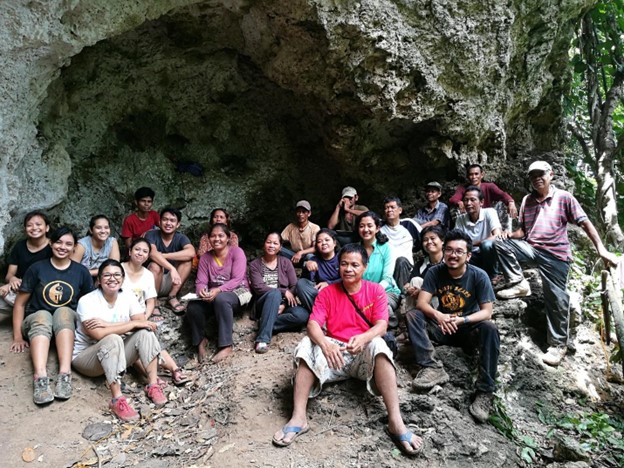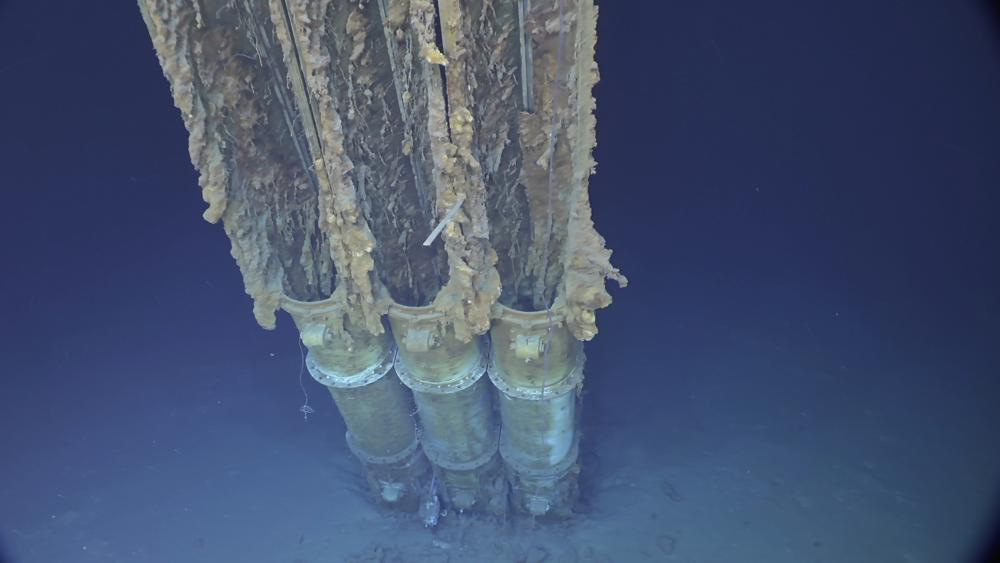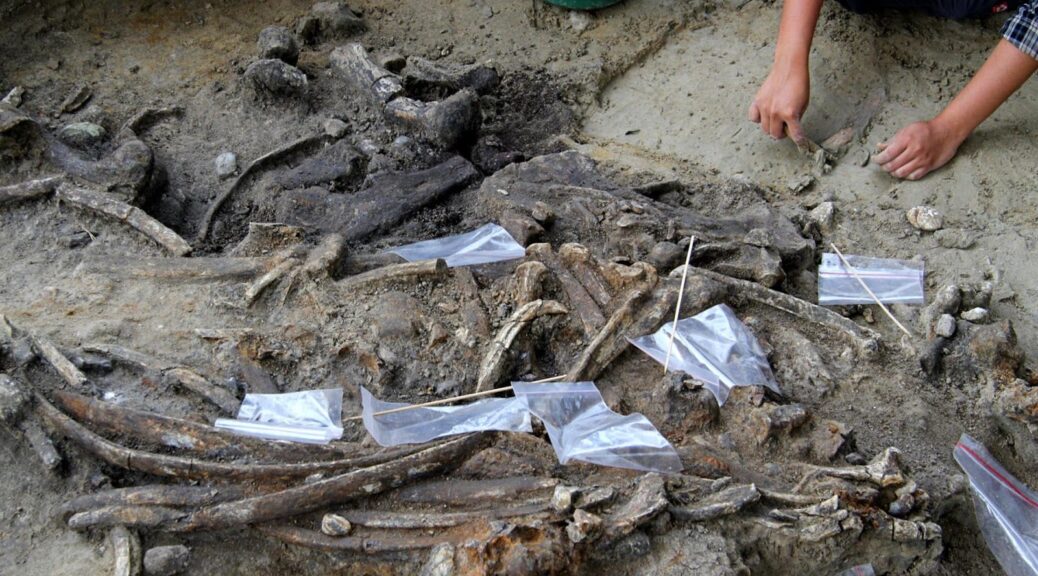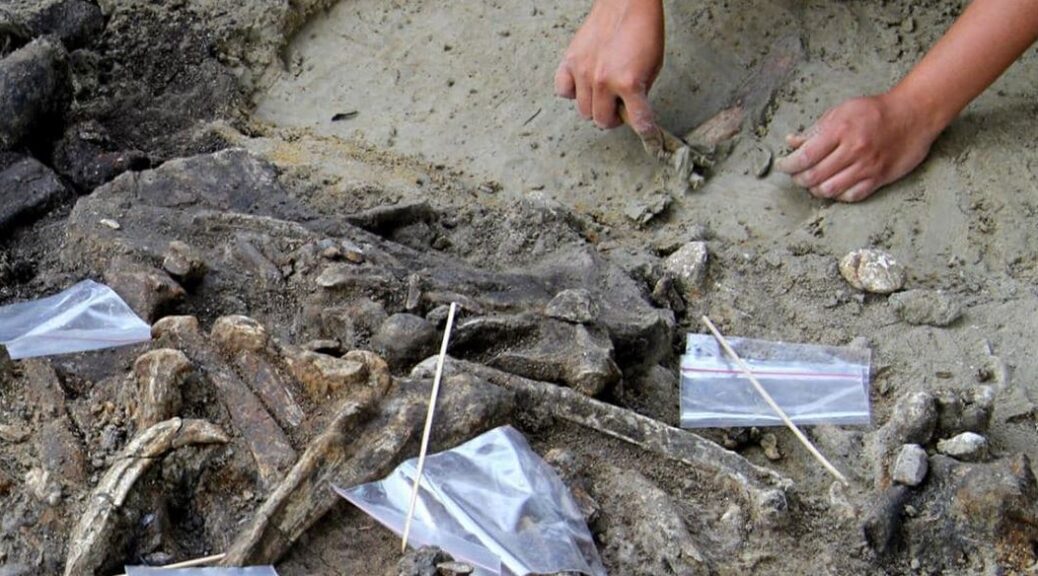New Dates Offer Insight Into Ice Age Occupation of the Philippines
Archaeologists from UP Diliman (UPD) and the National Museum, and leaders and members of the indigenous Pala’wan community unearthed new discoveries dating back to the last glacial maximum (LGM) or at the height of the last ice age at Pilanduk Cave in Palawan.

The research Tropical island adaptations in Southeast Asia during the Last Glacial Maximum: evidence from Palawan presented new data from the re-excavation of Pilanduk Cave such as “evidence for specialized deer hunting and freshwater mollusc foraging, LGM fossils for the tiger and remains of other native mammal and reptile fauna of Palawan,” UPD archaeologist Janine Ochoa, PhD, said in an UPDate Online email interview.
Ochoa, an assistant professor of anthropology at the UPD Department of Anthropology, is the co-principal investigator and lead author of the research article.
She said the research also found “new radiocarbon dates that securely place the age of human occupation of Pilanduk Cave at the LGM/Last Ice Age at ca. 20,000-25,000 years ago,” and “evidence for shifting foraging behaviours (ecological and behavioural flexibility) of modern humans occupying changing tropical environments (climate and environmental changes) across ca. 40,000 years on Palawan Island.”

Together with co-principal investigator Ame Garong, PhD, of the National Museum, the research team re-excavated the site in October 2016.
“We conducted the analysis of the archaeological material (vertebrate fossils, mollusc/shell remains, lithics/stone tools) from 2017 up to 2020,” Ochoa said.
Pilanduk Cave is known to be an important late Pleistocene archaeological site in the Philippines. It is part of the ancestral domain of the Pala’wan community in Maasin, Quezon Municipality in Palawan with Certificate of Ancestral Domain Title No. RO4-QUE-O110-143.
Ochoa and the team pursued the re-excavation of Pilanduk Cave to further the previous research conducted by Jonathan Kress and the National Museum in 1969-1970.
She said, “There has been a need to verify the dates reported by Kress, due to the limited stratigraphic data available for Pilanduk, and the limitations of the radiocarbon dating method at the time of Kress’s excavation in the 1970s particularly for dating mollusc remains.”
According to Ochoa, the site has a large and well-preserved archaeological assemblage of faunal material, which are vertebrate remains and shells/molluscs, as well as lithic materials or stone tool assemblage.

“In fact, it has the best preserved LGM archaeological record from any site in the Philippine archipelago. There are not many LGM sites in the Philippines because many are likely submerged underwater when the coastlines and the sea levels were much lower during the LGM,” she said.
The research has been released online and is published in Antiquity, an international archaeology journal. It will come out in the October 2022 issue and can be viewed at https://www.doi.org/10.15184/aqy.2022.88.
In a related development, Kress, who led the first archaeological research of Pilanduk Cave in the 1970s passed away on Aug. 6. His colleagues, led by Ochoa, issued the following statement with his passing:

“The archaeological work in Pilanduk Cave would not have been possible without the previous research of Jonathan Kress, who led the first excavation of the site in 1970. Jonathan passed away on 6 August 2022. The Pilanduk and Ille Cave teams remember him most fondly, especially for his joie de vivre and enthusiasm for field work, stone tools, and molluscs. He would share and recall the local names of various shell taxa, which were taught to him by the indigenous team he worked with. Engaging with students was important for him and he regaled us with exciting and adventurous stories about Palawan in the 1970s. We remember Jonathan as gentle, kind, patient, and full of wisdom.”












